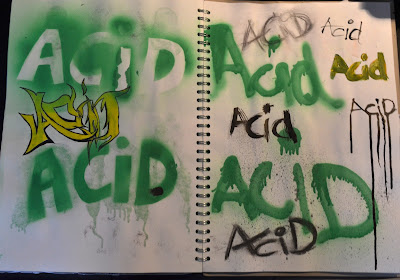Utilise your creative brain
I was really interested and intrigued by the lecture about brain functions. It is amazing how one part of our brain can work differently to the other. As been told on the lecture that one can let us develop creative actions, and explorations through "play and fun". The other one is the thinking and evaluating part. Using them both together as "one" can help us create an creative as well as intellectual piece.

As the image here is showing the left part of the brain is like accountancy office, which means there is a lot of evaluating, question asking and problem solving in this part, which seems to be just straightforward thinking. The colourful and joyful looking part of the brain, which is left hand side, is the experimenting part. It has been described as child at play during the lecture. We need both of those brain functions in order to be creative and realistic. The parts of the brain seem to be separate, because of the jobs they do, however they are still connected as “playful” part does its task, while the “accountancy” part will evaluate whole process of doing. Using both of the brain functions effectively will affect our creativity and improve it. I tried to apply the whole process in my journal, firstly to play with the materials and ideas I had and then I tried to think critically about it, and see whether the idea will work. Here is the page of my journal showing this method being applied:
This is another page from my journal, showing another “play time”. I was exploring different ways of spray painting and using ink, felt pens and charcoal in order to find out a title for a magazine. None of the ideas really worked, but this actually allowed me to see why they didn’t work. I also added some evaluative annotations.
I tried to apply this principle in my journal as much as I could, as it helps so explore my ideas in better depth and helps to figure out the ways things might work or might not work.


